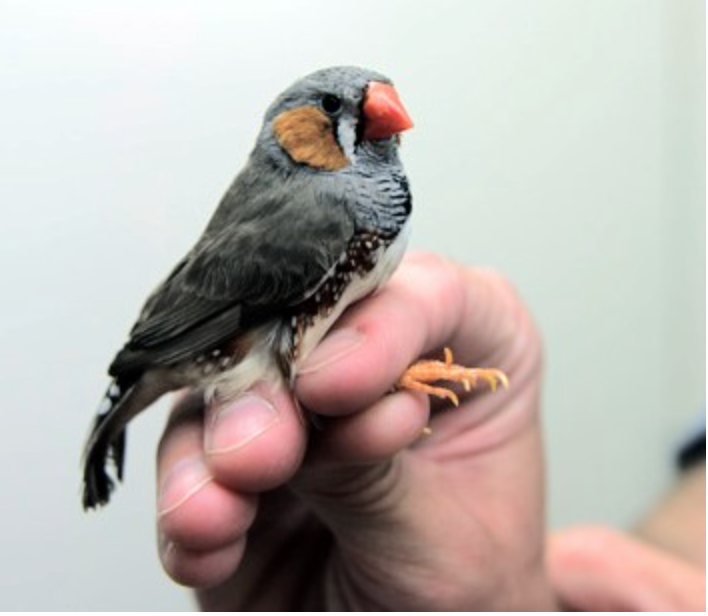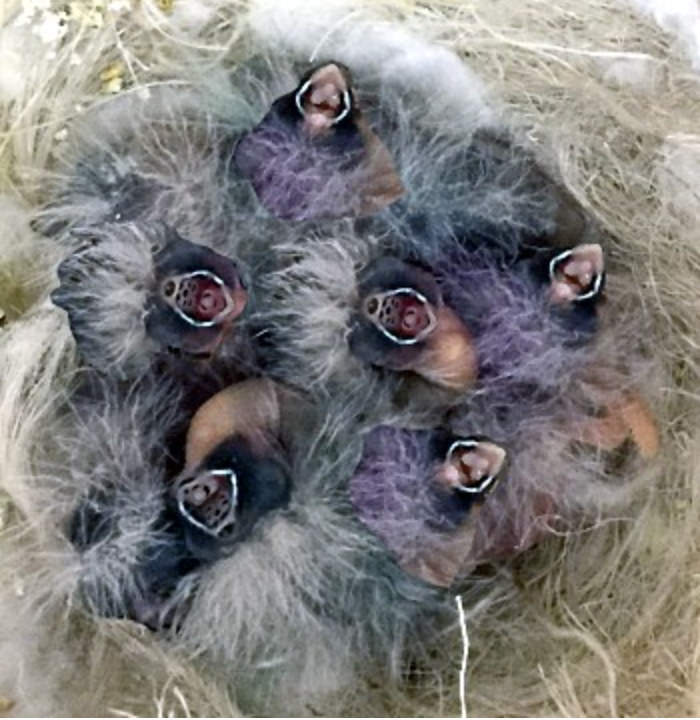In the spring of 2015, a team of researchers led by Dr. Marc Edwards helped bring to light the toxic levels of lead found in the drinking water of a Michigan city, a story that would soon make national headlines and stir advocates to action. Articles telling the story of the Flint water crisis found their way into dining rooms, coffee shops, and subway cars across the country, with one landing on the desk of Dr. Kendra Sewall, an assistant professor of biological sciences at Edwards’ home institution of Virginia Tech. Dr. Sewall couldn’t ignore what she read, and says, “It was a situation that really bothered me and resonated with me.” Dr. Sewall’s lab conducts research on the impacts of early life events on brain development as well as differences between urban and rural songbirds. Flint’s story served as the inspiration for the lab’s next project, and Dr. Sewall was further motivated by what she found to be a surprising lack of knowledge about the exact effects of lead on developing brains. Specifically, Dr. Sewall noticed that previous work with children lacked the appropriate comparison groups needed to pin down what lead was really doing to brains. Studies with rodents offered a more controlled environment but with the notable downfall that rats don’t have the same complex learning behaviors exhibited by humans.

Dr. Sewall saw the opportunity to increase our understanding of the effects of lead through a controlled experiment using a system very familiar to her: songbirds. Specifically, Dr. Sewall set out to examine the effects of lead exposure during development on zebra finches, which learn complex songs from adult tutors as they mature. During the experiment, she exposed newly hatched male zebra finches to different levels of lead in their water. When they matured, she measured their growth, bill and plumage coloration, and ability to perform motor and spatial tasks and replicate the songs of their tutors. Because she controlled exactly what the birds experienced during development, Dr. Sewall was able to isolate the effects of lead on these physical and behavioral traits.
Even in the project’s early stages, the results of the experiment are striking. Birds exposed to the highest level of lead hit all the wrong notes–they sang songs that didn’t come close to matching their tutors’ songs. Like a bad cover band, these crooners were truly awful imitators. Birds exposed to lead also took longer to learn the motor task, grew more slowly, and had paler beaks. The impacts of lead on beak coloration are important because females usually prefer males with bright red bills, as they indicate strong immune function and a high-quality mate. Clearly lead poisoning can have long term consequences, including reduced survival and reproductive success for those unlucky males with pale beaks and terrible tunes.
Taken together, these results weave a convincing story: lead can have detrimental effects on developing birds, leading to both compromised learning and physical defects. But why should we care about a bunch of finches in a lab when lead exposure presents a very real, pressing public health concern? Hatchling birds are not an exact model for children, but they provide an important supplement to what we can learn from rats and mice. According to Dr. Sewall, “Having more diverse study systems rather than focusing on the same models can only increase our understanding of the diverse outcomes.”

Beyond human health, lead poisoning is also an issue in wildlife and conservation biology. Several studies have demonstrated the potential impacts of lead on wildlife–from birds of prey that ingest lead shot to butterflies exposed to lead on roadsides. Lead is everywhere, from gasoline to lipstick, making understanding its myriad effects imperative for our children’s sake and the sake of our planet.
Looking ahead, there is still much to come for Dr. Sewall and her finches. She plans to continue refining the experiment by pinpointing whether lead exposure is more detrimental at particular stages of development, and further test female preferences. Importantly, she also intends to measure the actual levels of lead in the birds’ blood. The research in Dr. Sewall’s lab contributes to a growing body of work illustrating the diverse impacts of lead during crucial developmental stages.
After the national headlines of the Flint water crisis have faded, the work to address these problems continues–perhaps slowly, but undoubtedly surely. Scientists like Dr. Sewall and Dr. Edwards argue that when it comes to social and environmental justice issues like lead exposure in Flint, science has an important role to play. Scientists are on the ground as problems unravel and long afterwards–documenting, measuring, providing concrete evidence that these issues are real. “That’s where science can help,” notes Dr. Sewall, “by bearing witness.”
By Maggie Jones, Iowa State University

